
Every team is made up of individuals with their own personalities, experience, and preferences; navigating through all of that as a leader and still getting good results is a real feat.
As a leader, you have a specific style, whether you are conscious of it or not. In this article, we’ll present the four most common styles of leadership present in software leadership.
Why? Because with that knowledge, you’ll be a better leader—you’ll be able to decide which style suits which situation and group of developers to get the best results.
Table of Contents
Autocratic leadership
Some leaders like to keep a firmer grip on their software development team—instruct them what to do, how to do it, and when. That style of leadership we call autocratic.
Autocratic leaders have some traits that distinguish them from other types.
For example, in addition to having control over projects and tasks their developers work on, they like to make decisions alone, without significant input from the team.

Get unreal data to fix real issues in your app & web.
Keep in mind that, although that type of leadership is highly structured and rigid, it shouldn’t feel like a dictatorship.
In a Harvard Business Review article, Leonard D. Schaeffer, former CEO of Blue Cross California points out that autocratic leaders shine best when a business needs a quick change and swift decision making.
“I would define the autocratic leader not as someone who bullies others needlessly but as the managerial equivalent of an emergency room surgeon, forced to do whatever it takes to save a patient’s life.”
Firm decision-making is something that John Chambers, former Cisco Systems CEO, is fond of.
He became CEO of Cisco in 1995, and during his tenure, the annual revenue rose from 1.2$ billion to 40$ billion.
Chambers is aware of his autocratic leadership style, as he confessed to The New York Times.
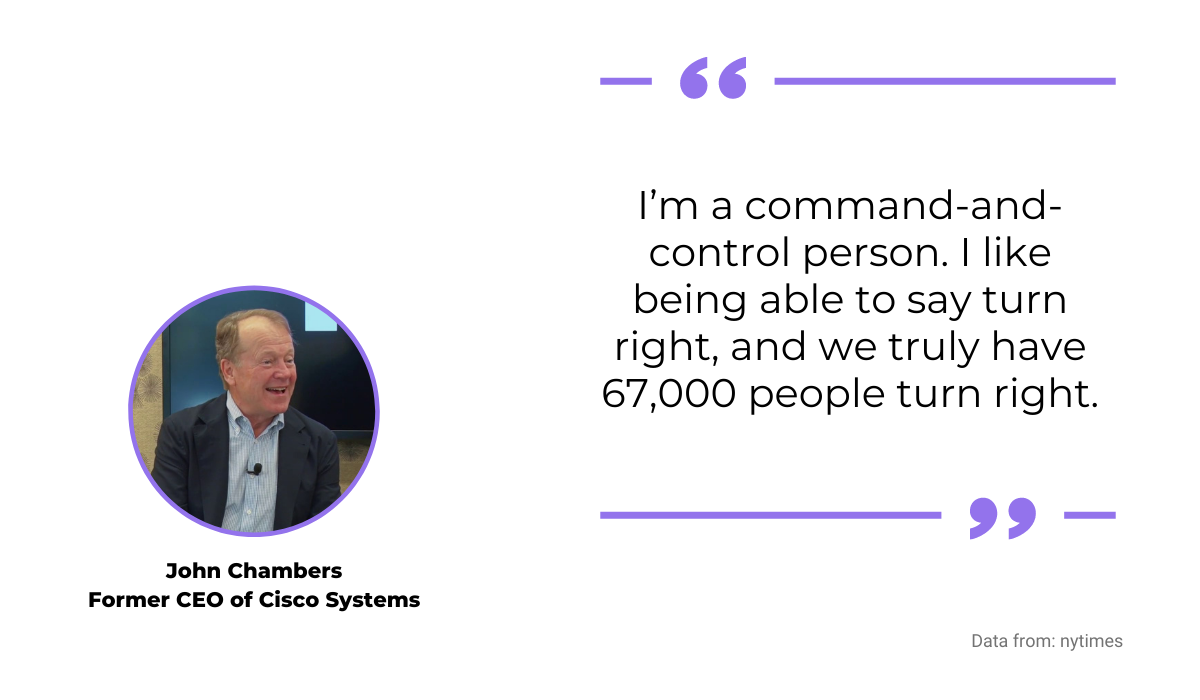
However, even though autocratic leadership can produce results and drive a business forward, working for that kind of leader wouldn’t be the first choice for many employees.
According to a survey by Leadership IQ, most employees don’t like it when the leader always uses their authority to make the final decision.
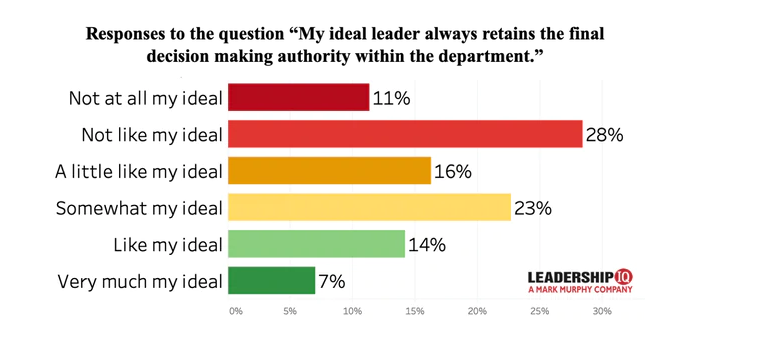
However, as you can see, some employees still like a leader with a firmer hand; 14% of them say it’s “like [their] ideal”, and 7% of them describe it as “very much [their] ideal.”
In an industry like software development, characterized by innovation, creativity, and autonomy of its employees, autocratic leadership can feel even more out of place.
That was the initial impression when Marissa Mayer took over Yahoo in 2012.
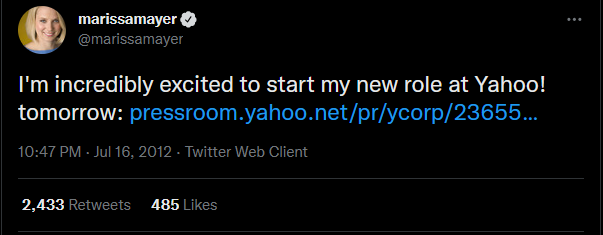
Her leadership style was commanding, and she often enforced her decisions despite the initial backlash from employees and the public.
For example, she banned working from home, which had been a common practice at Yahoo.
She believed that collaboration and communication are easier when everyone’s in the same space.
That was one of the strategies to rejuvenate a fallen company, and as an autocratic leader, she had the last word.
Although her tenure at Yahoo didn’t produce the desired results overall, according to Statista, her leadership more than doubled the company’s stock price in four years.
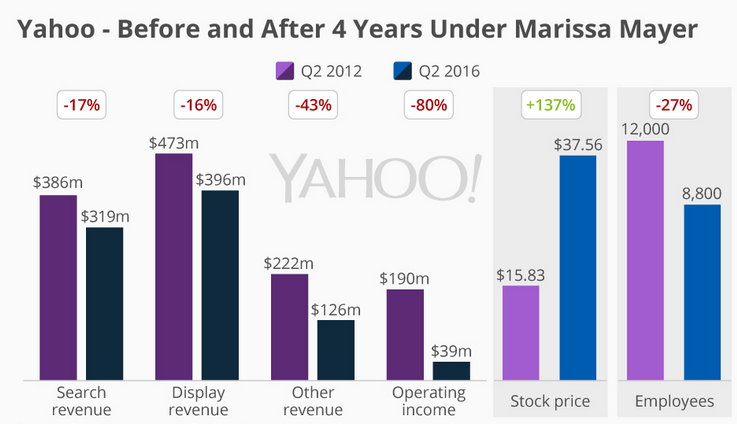
And mixing in some autocratic style in your leadership can also be positive for you as a leader.
According to data, you can be among 22% of leaders that are fired because they don’t show enough leadership initiative.
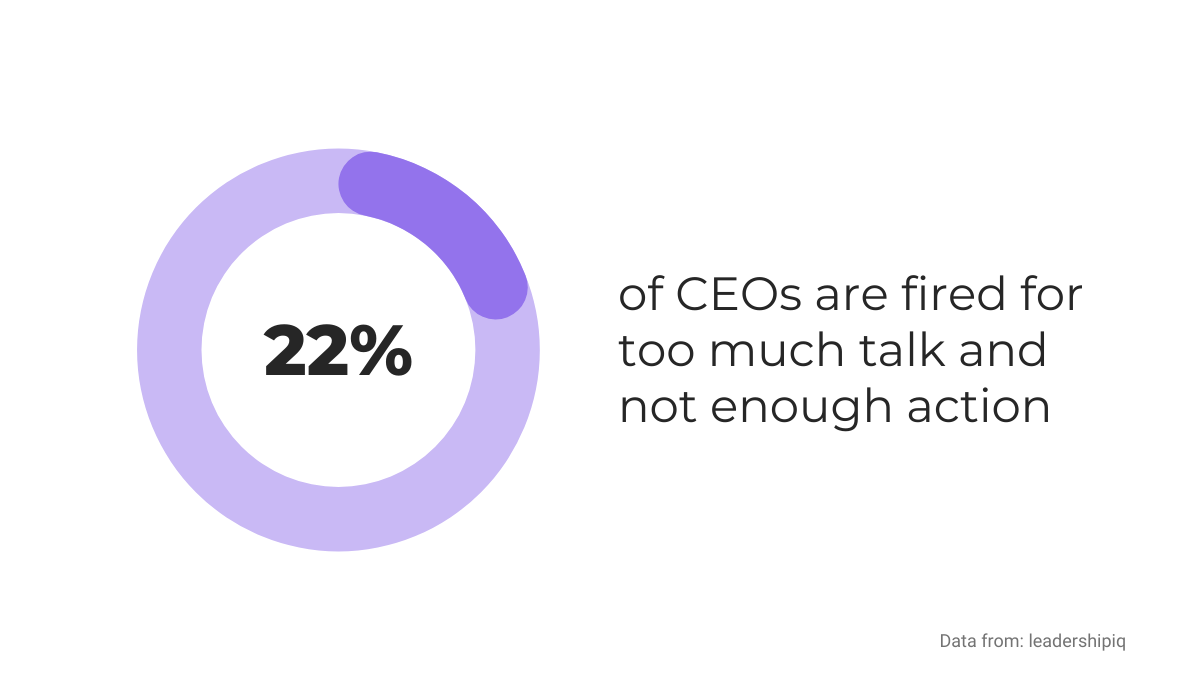
The autocratic leadership style is suitable for certain situations, like when employees need direction or don’t know how to execute their ideas.
If you recognize those traits in your team, maybe it’s time to implement it.
Democratic leadership
If you like to involve your developer team in decision-making, let them have responsibilities, and promote collaboration, you fit squarely into a democratic leadership style.
Group engagement is the name of the game when it comes to being a democratic leader. Cultivating a team mentality is vital for democratic leadership.
A definition of democratic leadership by John Gatsil encompasses all of its characteristics.
“The distribution of responsibility among members, promoting the process of decision-making within the group.”
However, the one thing it has in common with autocratic leadership is that the final decision is in the hands of the leader.
Still, according to Kurt Lewin’s seminal 1939 study on leadership styles, it seems that the way that leaders come to that decision matters.
A majority of participants preferred a democratic over an autocratic leader.
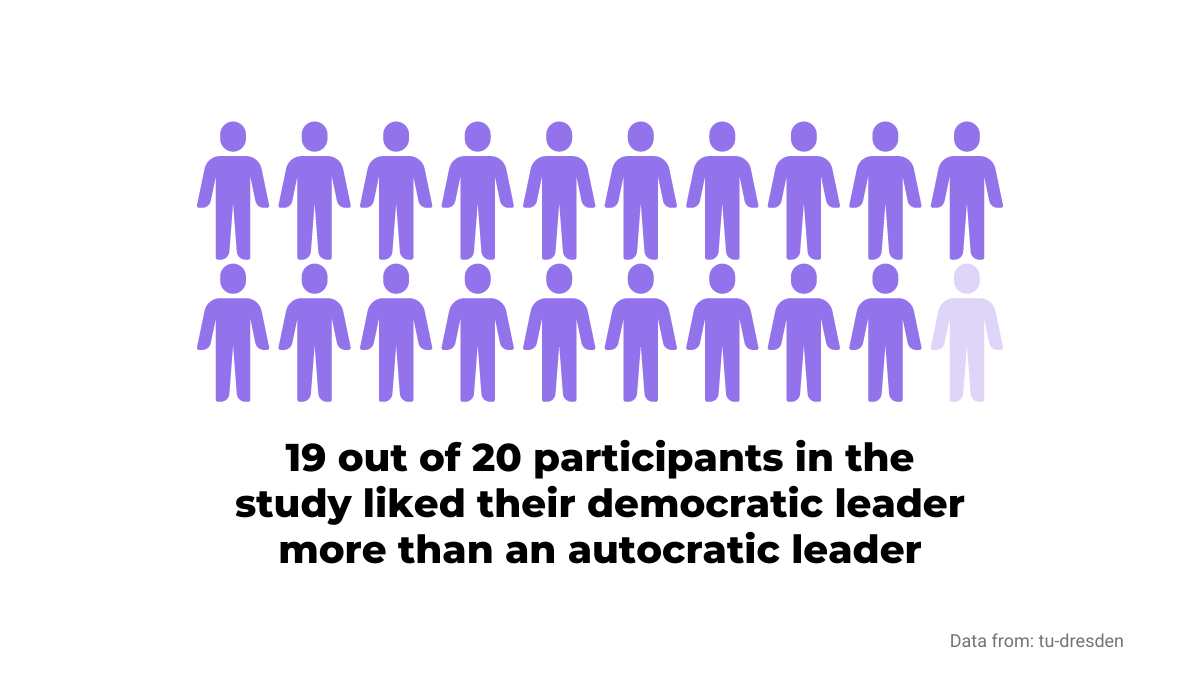
Although the original study participants were 10-year-old boys, it’s not surprising that today’s software development teams echo those preferences due to the innovative and autonomous nature of the field.
As Traci Denton, CEO of WorldBlu company, points out, employees lean towards the freedom which democratic leadership provides.
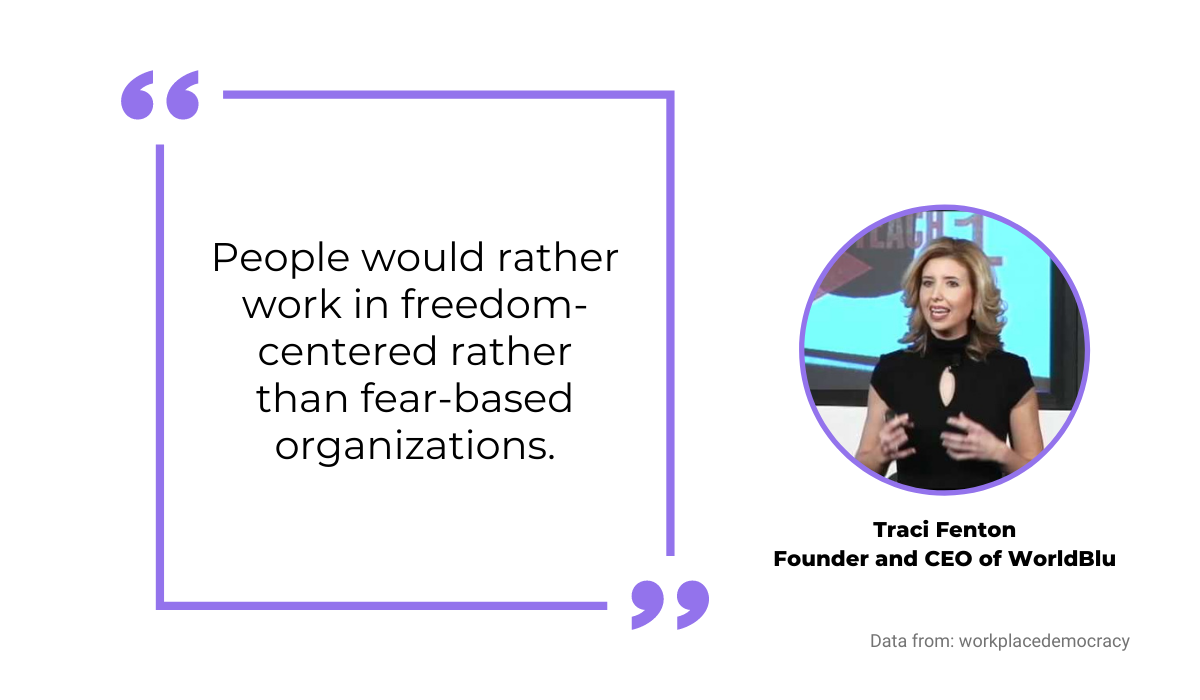
Her company helps organizations embrace workplace democracy, and among their certified, freedom-centered organizations, there are many software companies.
That shows that democratic leadership is firmly rooted in the software development industry.
Stel Valavanis, founder and president of cybersecurity company onShore Security, is a proponent of democratic leadership.
Nevertheless, he doesn’t shy away from the fact that this style has some negative aspects in addition to the benefits.
“It gives the highest buy-in and the most informed decision, but it can be slow and inefficient too.”
For instance, he took the team’s input on project-feature bundling into consideration, but he decided on the marketing materials.
That way, he combined the advantages of teamwork with the promptness of a leader’s decision-making.
Also, one of the biggest tech companies in the world is run by a democratic leader. We’re talking about Apple and Tim Cook.

Cook had big shoes to fill after the passing of Steve Jobs, and he did it in his own way.
Unlike his more autocratic predecessor, Cook adopted a democratic approach and surrounded himself with capable people he could rely on.
He’s known for trusting his team and letting their talents flourish while still making the necessary decisions about the company.
While Jobs was a much more hands-on type of leader, Cook doesn’t micromanage as much.
For example, when Apple Watch was produced, he wasn’t that involved in the project and let the other executives deal with the minutiae of the product engineering process.

It isn’t surprising that Cook, Valavanis, and many other democratic leaders are successful in managing software development teams that love freedom and flexibility in their work.
If you’re surrounded by capable developers, consider involving them in your leadership process.
Coaching leadership
A good coach can recognize the individuals’ strengths and talents and make them improve even more. It works in sports teams, and it works just as well in software development teams.
Coaching leadership shares certain characteristics with democratic leadership—the team is the most important, and the leader works with the team to make the best decisions.
However, coaching leadership emphasizes the individual’s improvement and growth, and feedback is a vital part of the relationship between a leader and their team.
Growth is something that coaches aim to ingrain in their teams’ mindset.
A growth mindset focuses on expanding skills and knowledge, resulting in better performance overall, as Carol Dweck points out.
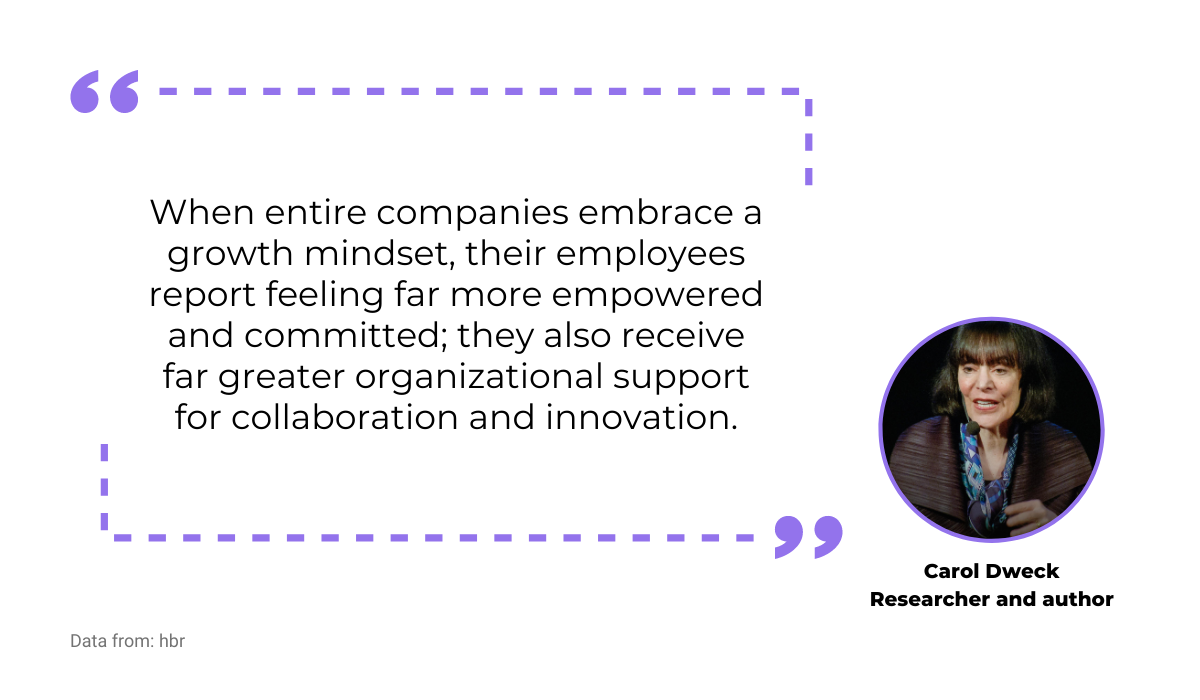
Cultivating a growth mindset is one of the elements that characterize Satya Nadella’s coaching leadership.
Since he became CEO of Microsoft in 2014, he has practiced a leadership style centered around growth, empathy, and individual empowerment.
Like a coach, he encourages employees to take on challenges and learn through them.

When they make mistakes, Nadella’s empathetic approach provides them with opportunities to learn from those mistakes and make better decisions—they grow under his coaching.
For that to happen, facilitating feedback is a vital element of coaching leadership, as we mentioned earlier.
Luckily, most employees value feedback; according to Officevibe’s data, 96% said they love to receive regular feedback.
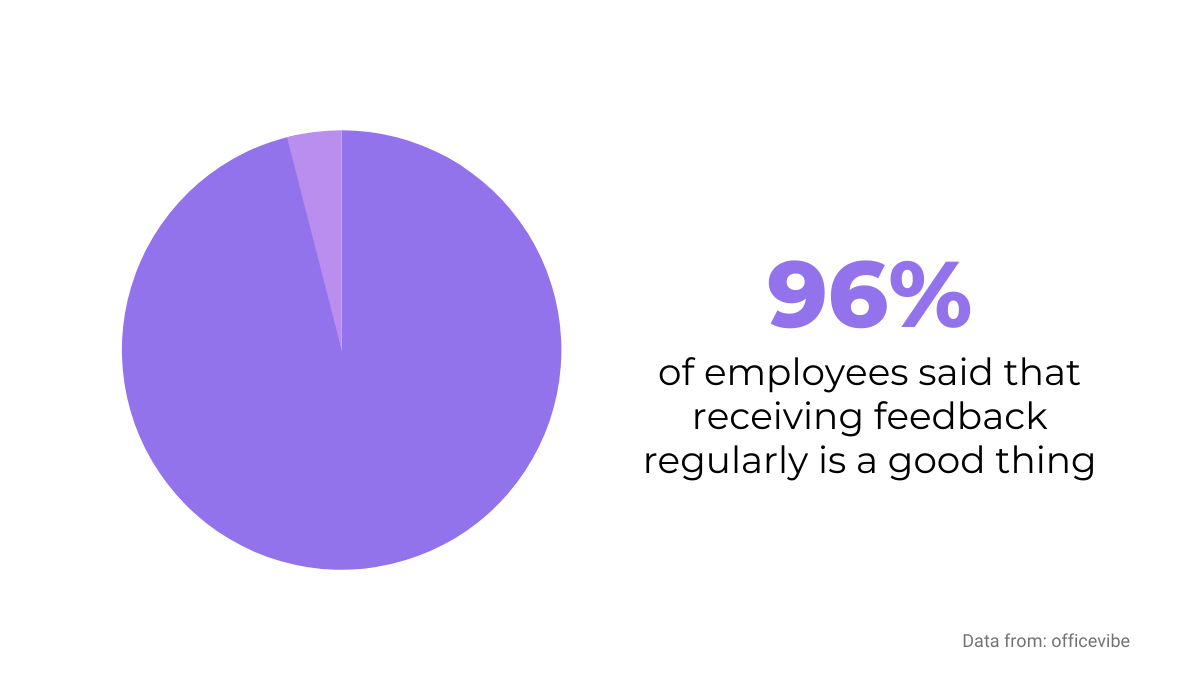
Coaching leadership uses feedback to build trust and a safe space between a leader and team members. That’s why it’s important not only to provide feedback but also to ask for it.
Michael Lopp, a Silicon Valley-based software engineering manager says he always asks for feedback from his employees after one-on-one meetings.
Of course, as he says, no one gives feedback to their manager after the first meeting.
However, he keeps asking after every meeting, and soon, his employees realize that they have to say something.
The point is that the employees choose to give him feedback and feel safe enough to tell him if something isn’t right. That means that he created a safe environment of trust.
Unlike laissez-faire leadership, which we’ll examine in the next section, coaching requires keeping track of your developers and guiding them to learn and improve, as Lopp puts it.

As a good coaching leader, it’s important to strike a balance between issuing specific instructions for your developers and giving them the freedom to work independently.
If you manage to find that, you’ll only need to encourage your developers and utilize their strengths for the betterment of your team and business.
Laissez-faire leadership
Letting your team work on their own terms, at their own pace, and using their preferred methods while getting excellent results sounds like a dream come true for most leaders and developers.
That kind of approach to leadership is known as laissez-faire.
Leaders who practice this kind of hands-off leadership style seem relaxed and confident in their developers’ abilities.

Very handy for handling user feedback. CTOs, devs, testers – rejoice.
All they need to do is delegate and let the collaboration between developers take it from there.
Delegation of work is crucial for laissez-faire leadership since the idea is for a leader to do as little managing as possible.
According to research by Gallup, there is a link between the ability to delegate and business success.
Those leaders who are good at delegating report a higher three-year growth average for their companies.

To successfully implement laissez-faire leadership, it is essential to have a capable team that knows how to be autonomous.
Valve, a video game development and publishing company, builds its teams around that idea of leadership.
Valve’s founder and president, Gabe Newell, is a laissez-faire leader.
He doesn’t directly manage anyone; teams are self-organized, and employees have a high degree of autonomy and freedom in their work.
Newell believes that a flat organizational structure creates an environment where developers can do their best work. That is emphasized in Valve’s employee handbook.
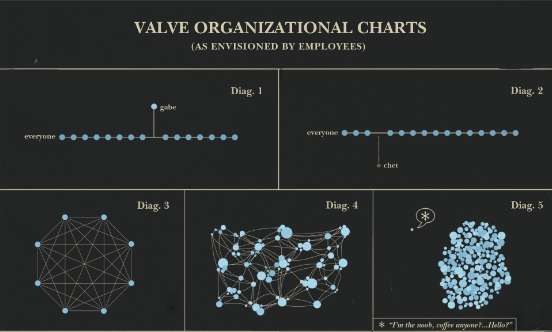
As you can see, the charts show that basically everyone is on the same level, without a standard team hierarchy.
Of course, this is where the level of capability, experience, and autonomy comes in.
Valve hires people with those traits because, as they say, they need to be able to run a company effectively by themselves. In other words, they won’t be under strict leadership.
Radoslav Stankov, Head of Engineering at Product Hunt, also strives for laissez-faire leadership.
He explains that he likes to delegate his work to have more time for other important tasks.
The goal is to empower every developer to execute without depending on others, be it their colleagues or leaders.
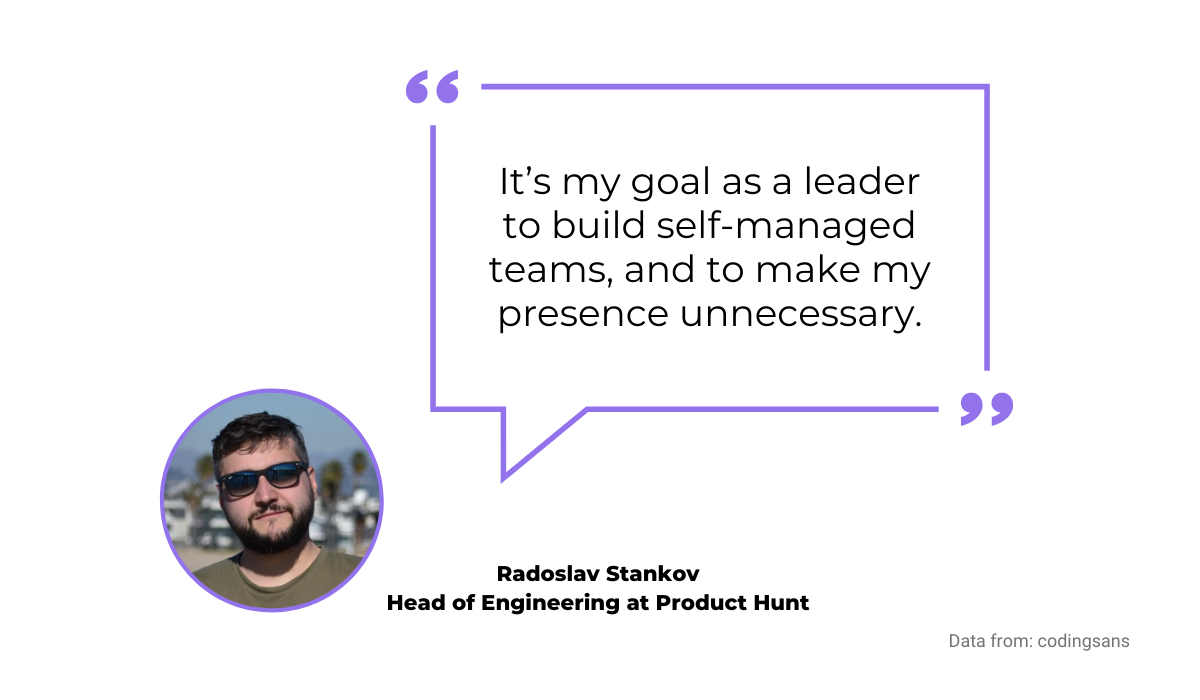
Laissez-faire leadership isn’t easy to practice, and it requires a certain mindset to be adopted by the leader, as well as the developers.
However, if done correctly, it can build creative, independent teams with a very high potential for producing exceptional results.
Conclusion
Some employees respond better to autocratic leadership, and others prefer a more relaxed approach, either with or without the final input from the team leader.
Others still produce the best results under coaching leadership.
A good leader will likely favor one of those styles over the others, but he or she will always combine multiple features to get the best results.
In this article, we strived to provide a brief overview of the most common leadership styles in software development, so that you can adopt what works in the context of your company.
Use the knowledge wisely, and you’ll bring out the best in your developers.




